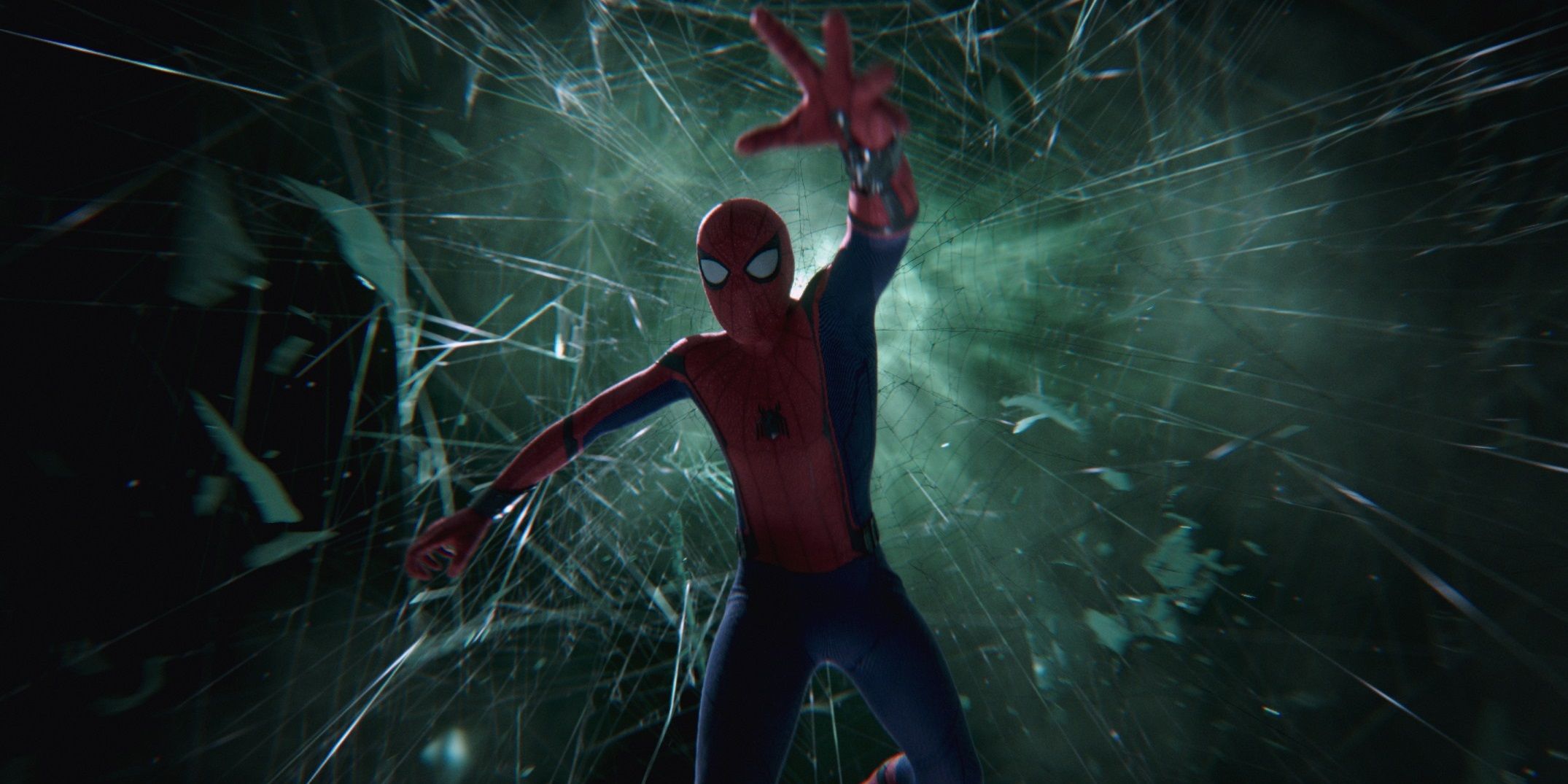
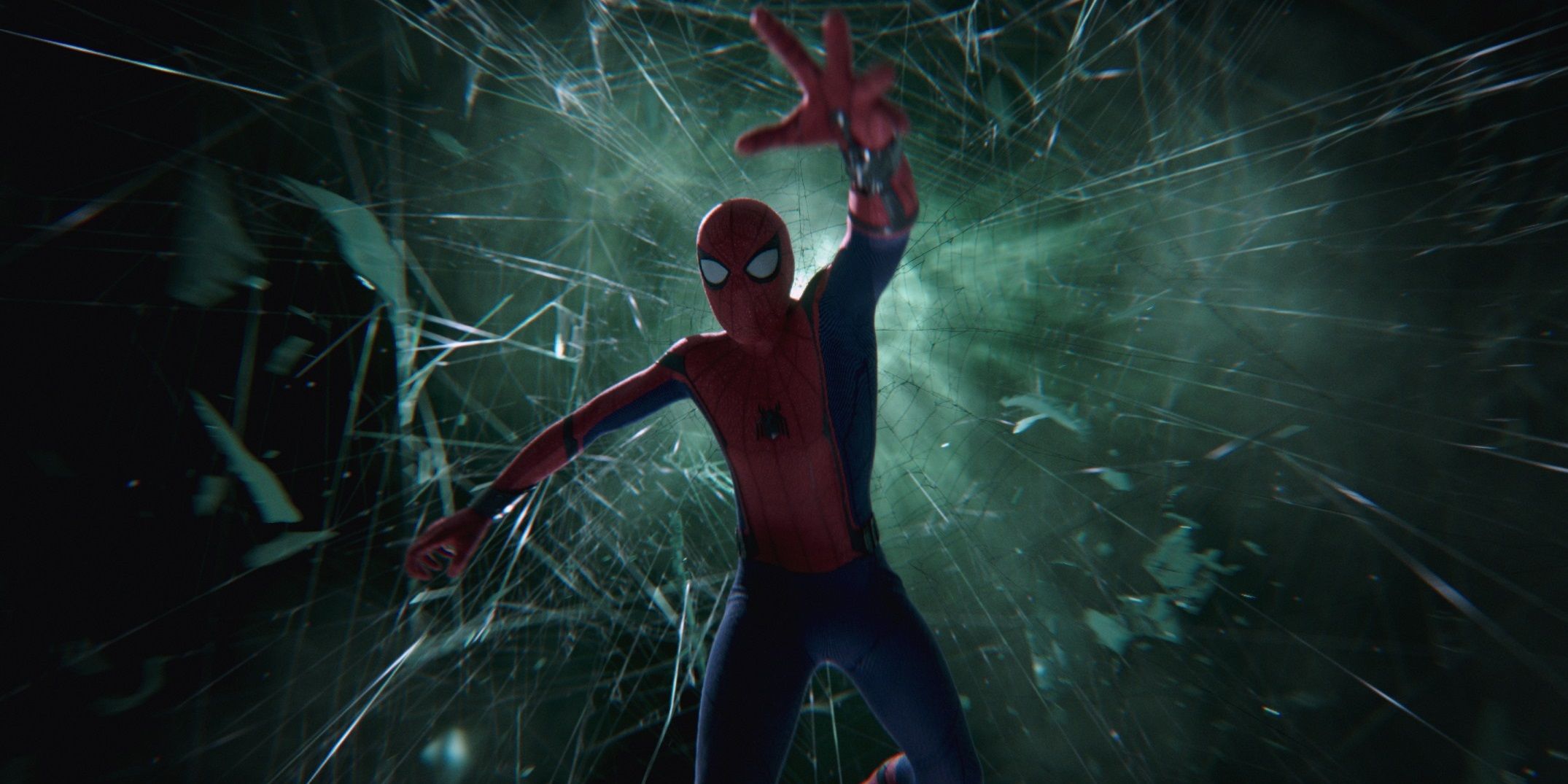
2019’s Spider-Man: Far From Home is (pardon the pun) far from the best Spider-Man movie. It feels more like an episode of a Disney+ series than a full-blown movie, it exists in the shadow of Avengers: Endgame, and its formulaic storytelling often feels like Marvel going through the motions after doing the same thing 23 times. Sam Raimi’s Spider-Man 2 remains the best Spidey movie out there, with Into the Spider-Verse in a close second place.
But it’s also far from the worst Spider-Man movie. The cast shares impeccable chemistry, Jake Gyllenhaal makes for a hilariously hammed-up baddie, and the visual effects in Mysterio’s elaborate illusions are flawless. Plus, it shed a spotlight on one of Spidey’s most underutilized and underappreciated powers.
RELATED: Spider-Man: No Way Home Can Give The Punisher A 'John Wick'-Style Cameo
When people think of Spider-Man, they think of him swinging through the city on webs and crawling up walls. Sam Raimi’s camera trickery convinced audiences Tobey Maguire could crawl up walls and state-of-the-art CGI had him zipping between yellow taxis as he swung dangerously low through the streets of New York. Since then, that’s been the most prevalent image of Spidey. But he also has another crucial superpower that’s rarely explored on film: his Spider-Sense.
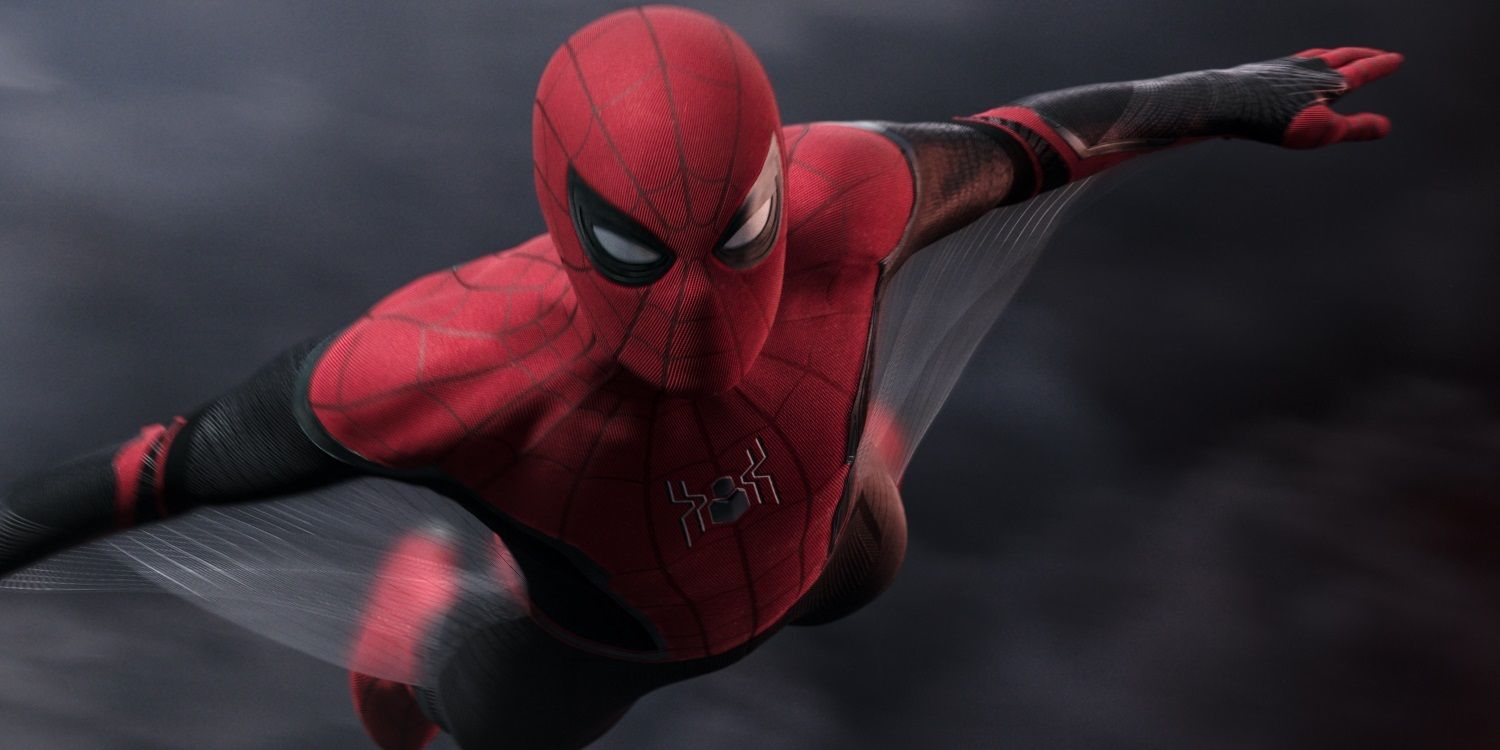
Unlike shooting webs and crawling up walls (and pretty much every other superpower), which have to be consciously activated by the hero, Spider-Sense is a precognitive superpower. When Spidey’s in trouble, like a villain is about to attack or he’s about to be hit by a car, he feels a tingling at the base of his skull. In the old animated series, Spidey used to explain, “My Spider-Sense is tingling!” And not only that; the intensity of the tingle tells him how bad the danger is.
The Spider-Sense is one of Spidey’s most unique and interesting powers, but it’s mostly been left out of the movies because it’s difficult to visualize in live-action. Raimi’s trilogy visualized Peter’s Spider-Sense in a very jarring, on-the-nose way. He would suddenly cut from a normal dialogue scene to slow-motion closeups of a bunch of things Peter was sensing nearby. It was great that Raimi made use of the Spider-Sense to give a more rounded portrait of the character, but his portrayal of it was two steps away from Ang Lee’s awkward comic book panel scene transitions in the 2003 Hulk movie.
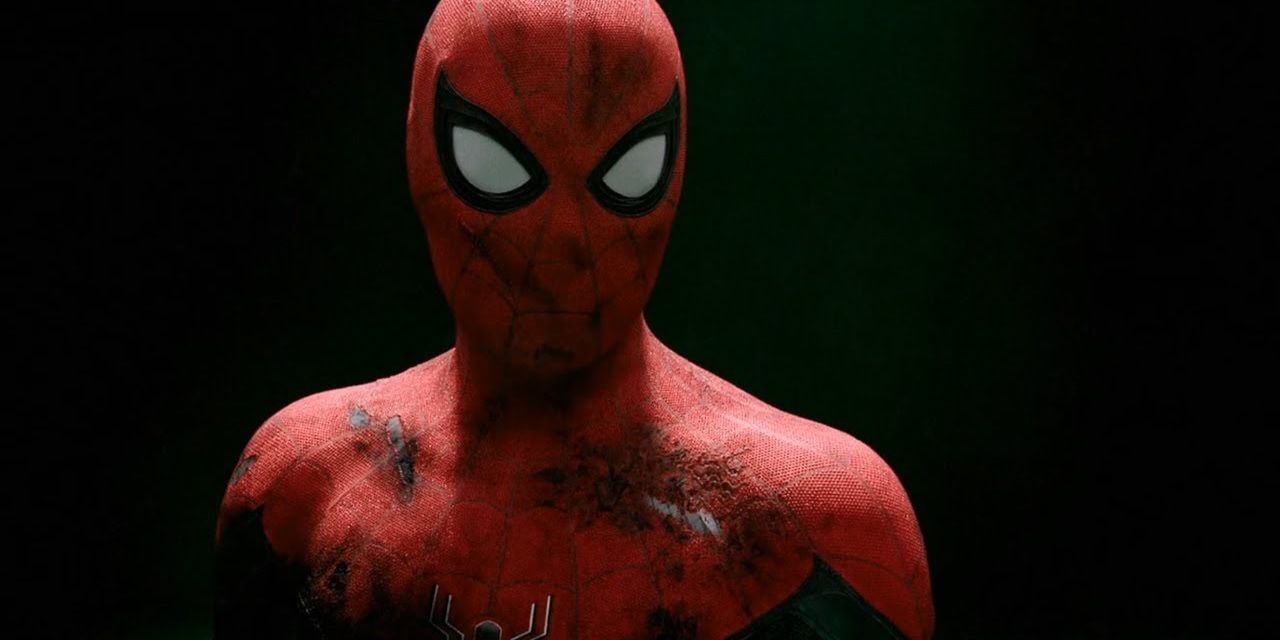
The Andrew Garfield-starring Amazing Spider-Man films largely avoided utilizing Peter’s Spider-Sense, but then Peter in those movies didn’t really act like Peter at all. As soon as he got his powers, he turned into a bully. Plus, he stalked Gwen Stacy around the city and the movies spent way too much time needlessly building a conspiracy around the deaths of Peter’s parents. With Spider-Man: Homecoming, Jon Watts brought the character back to basics, focusing on his mother-son dynamic with Aunt May and the eternal struggle of balancing his crimefighting career with his high school education.
But in terms of Peter’s powers, Homecoming still focused just on the wallcrawling and webslinging. Not only does the movie not feature his Spider-Sense; he gets caught off-guard a bunch of times, suggesting he doesn’t even have it. So, it was refreshing when Watts dedicated the entire sequel to Peter learning how to harness his Spider-Sense – or, as the movie hilariously puts it, his “Peter tingle.” Far From Home finally put Spidey’s sixth sense at center stage as Mysterio’s illusions forced him to tap into his superhuman instincts to detect disguised drones.
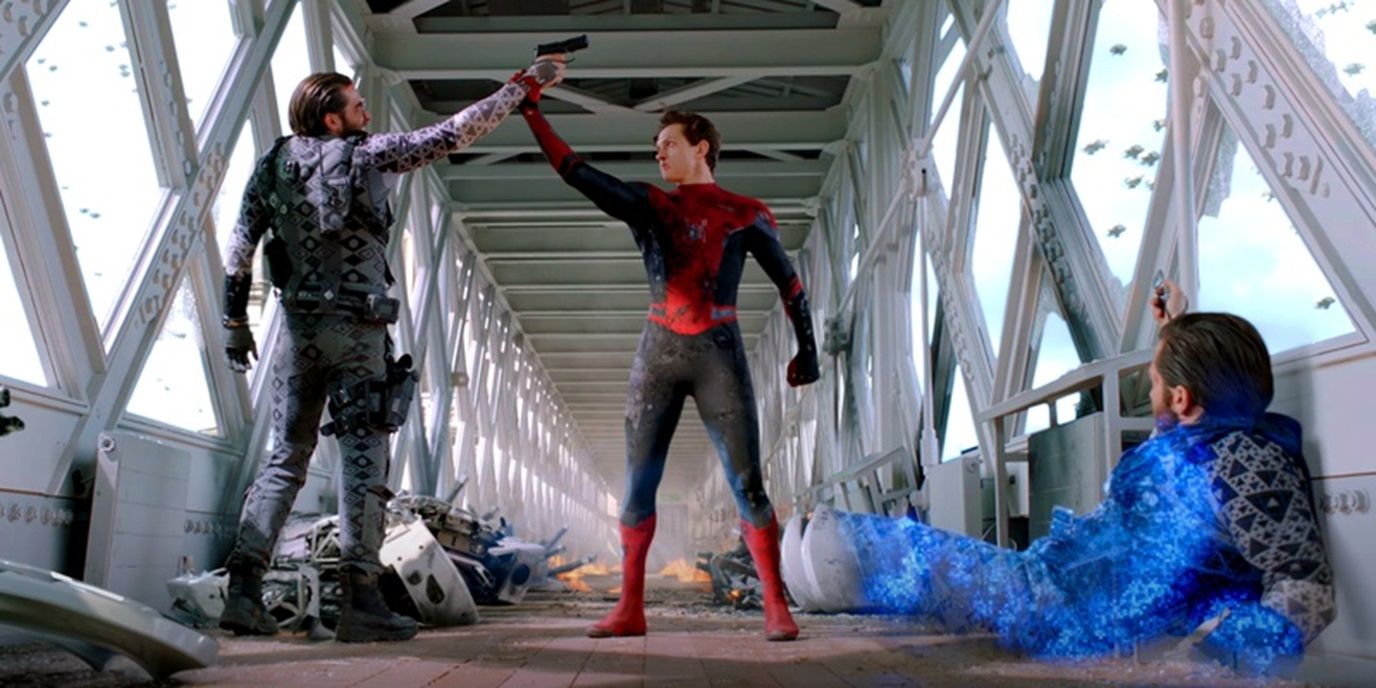
Initially, the final battle of Far From Home isn’t very high-stakes or exciting, because the audience knows it’s all an illusion. As long as Spidey can just keep reminding himself that the danger he’s diving into isn’t real, he’ll be absolutely fine. Mysterio ramps up the tension when he notices Spidey sabotaging his plan and decides to drop the act and turn it into a full-on drone strike. When the drones drop the illusion and start shooting at Spidey, he’s in real trouble.
But the true climactic scene of Far From Home is when Spidey confronts Mysterio on the bridge. Mysterio casts a trippy illusion over the whole bridge, forcing Spidey to use his Peter tingle to identify the drones and take them out before they shoot him dead. It’s a spectacular sequence, showing just how far he’s come in terms of discipline and accepting the great responsibility that comes with his great power.
Spider-Man: No Way Home, set to hit theaters on December 17, has a lot on its plate following up on Far From Home’s bombshell mid-credits twist and introducing a live-action Spider-Verse (to an undetermined degree), so it probably won’t be very occupied with Peter’s Spider-Sense. But the threequel has a great opportunity to follow up on Far From Home’s “Peter tingle” development. Now that Spidey’s identity has been revealed to the entire criminal underbelly of New York, danger will be lurking around every corner – it’ll help if he can sense it in advance.
MORE: Tom Holland Needs To Get Better At Choosing Scripts For Non-Marvel Projects


